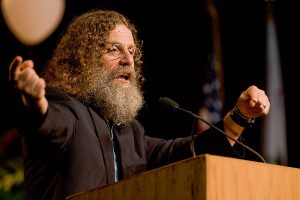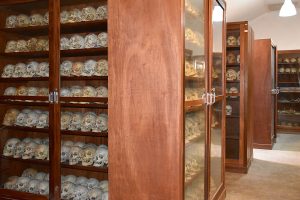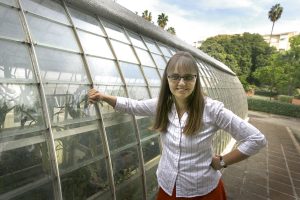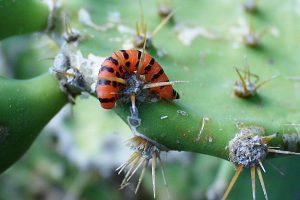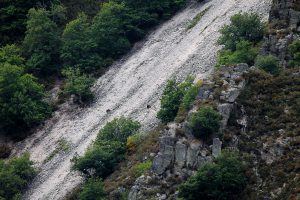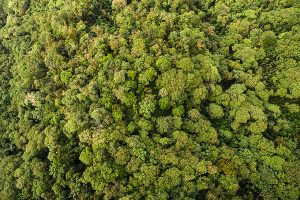Search
Maternal care comprises many different types of behaviours that, perhaps most prominently, include diverse ways to feed their young.
Interview with Angela Saini, scientific journalist (United Kingdom) and author of the book Inferior (2017).
Both insects and reptiles moult. However, there are some differences between both groups. Professor Jesús Selfa Arlandis explains.
Interview with Robert Sapolsky, professor at the University of Stanford (USA), in which he talks biology issues of the present time.
One of the main pillars of bioanthropological studies are identified osteological collections. The goal of this article is to describe this heritage and show its importance.
Interview with Hanna Kokko, full professor of Evolutionary Biology at the University of Zurich.
Natural enemies are a fundamental piece of food webs and can contribute to biodiversity preservation. However, they can often produce dramatic losses, especially when humans are involved.
Between the mid-1980s and the present day, conservation biology split into two almost independent fields: management ecology and conservation ecology. We have witnessed the recovery of large endangered species and a decrease in small and common species.
The concept of biological diversity has evolved from a simple count of species to more sophisticated measures that are sensitive to relative abundances and even to evolutionary divergence times between species. In the course of this evolution, diversity measures have often been borrowed from other disciplines.
We talk to the expert sociobiologist awarded with the Crafoord Prize in Biosciences




